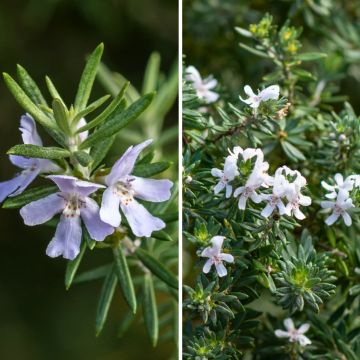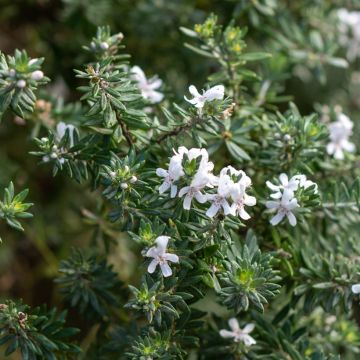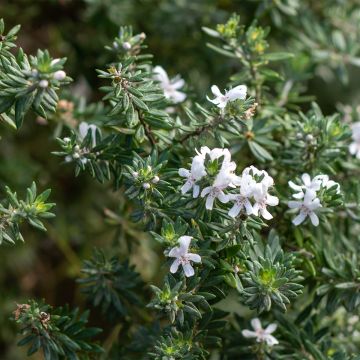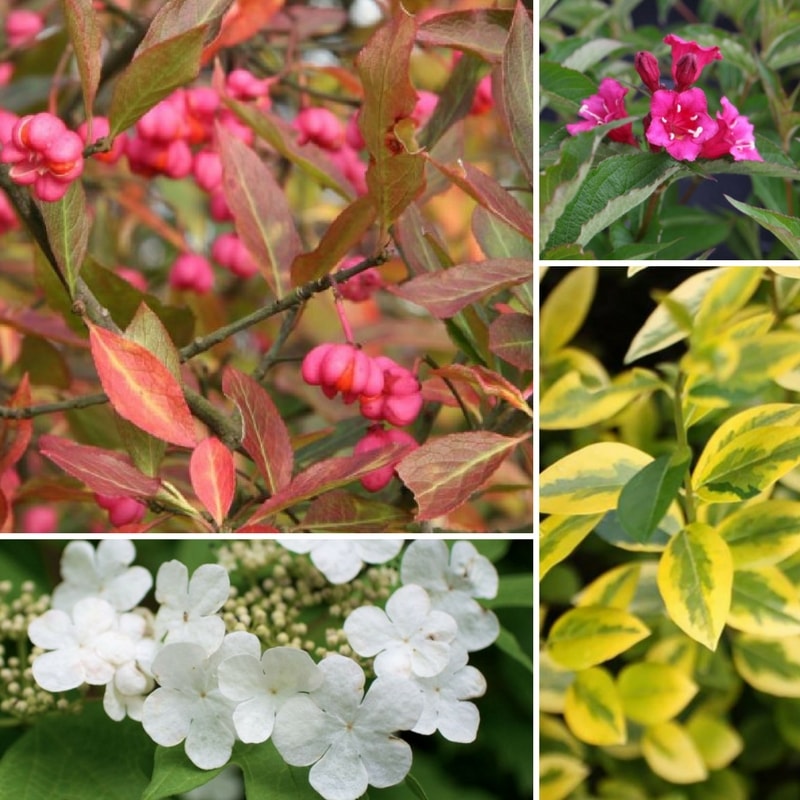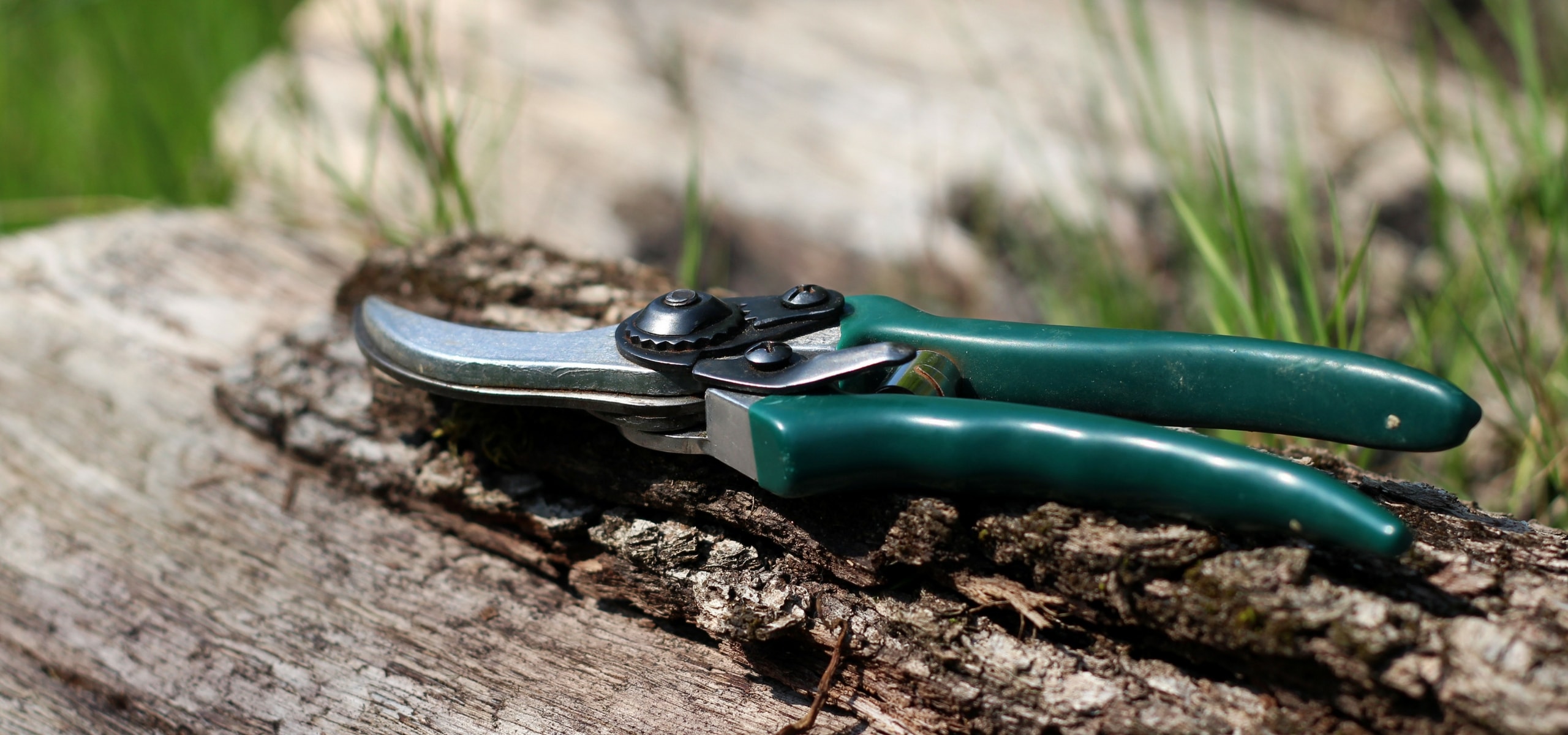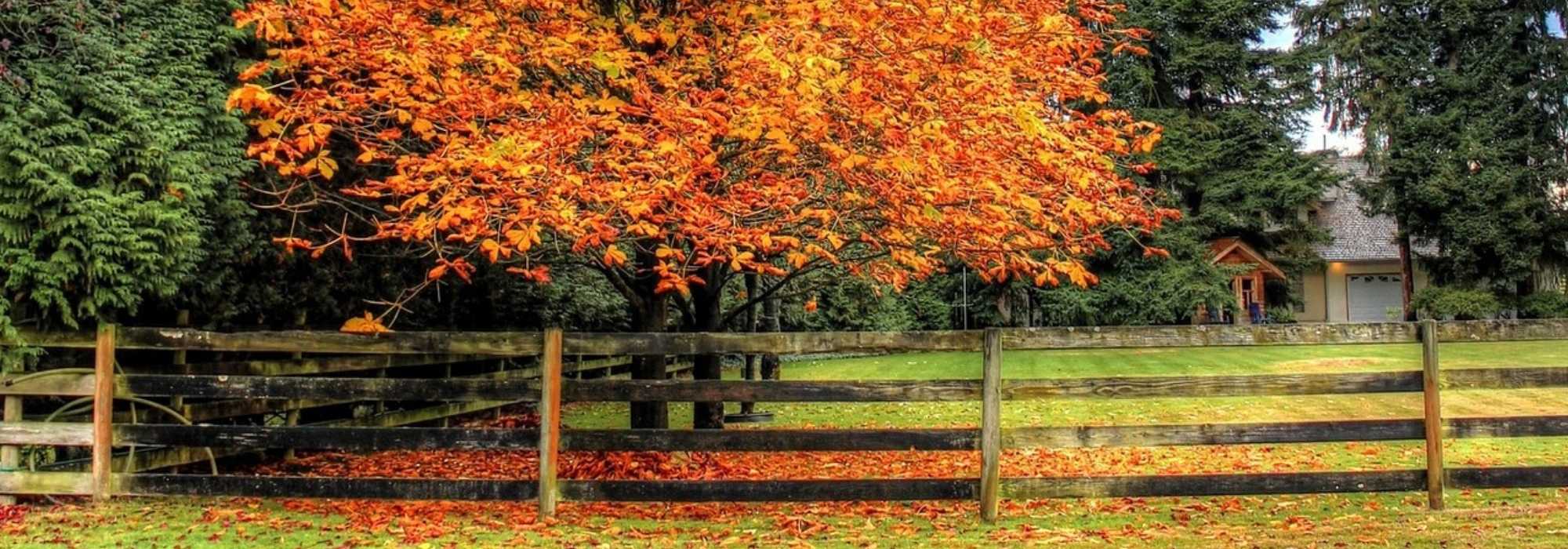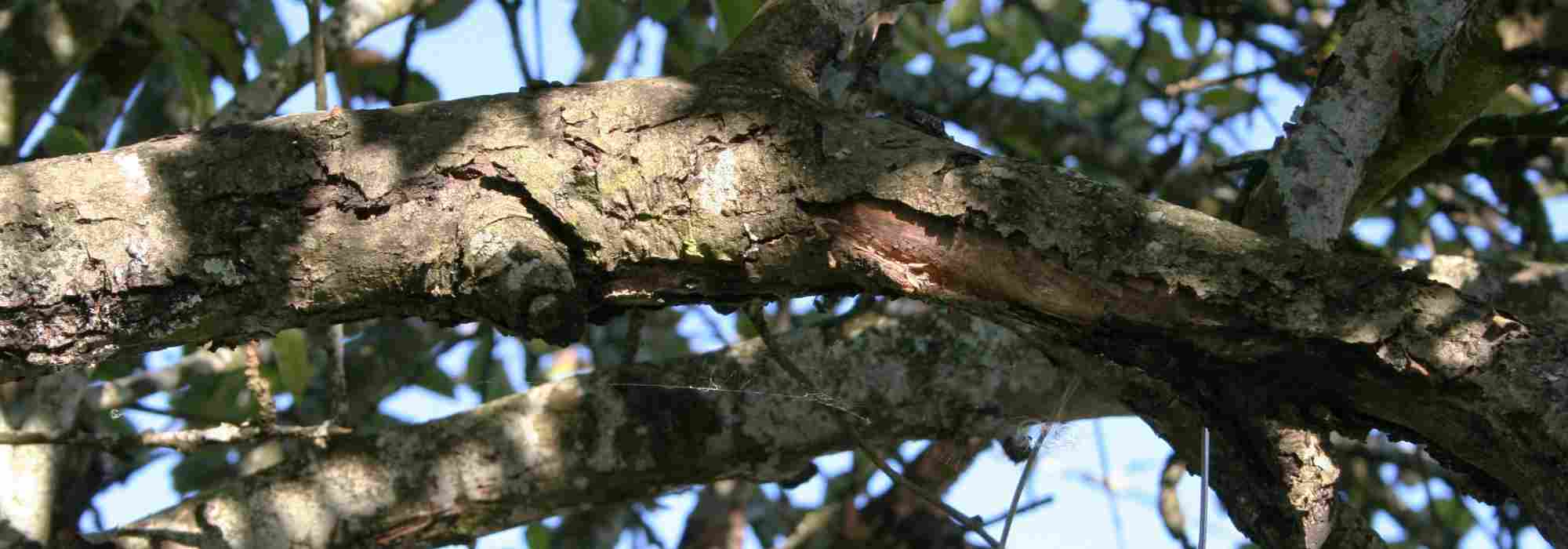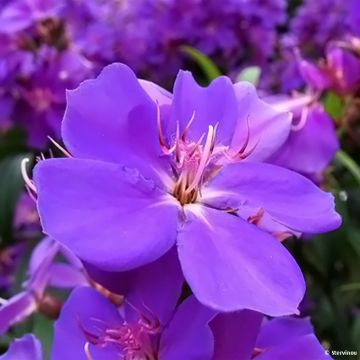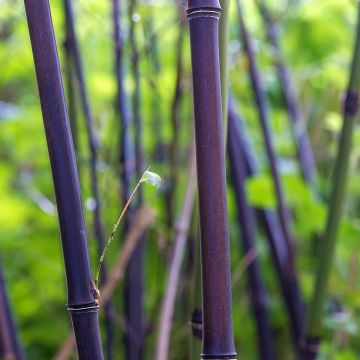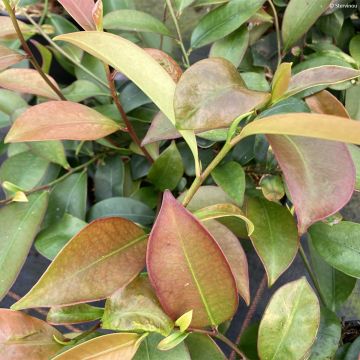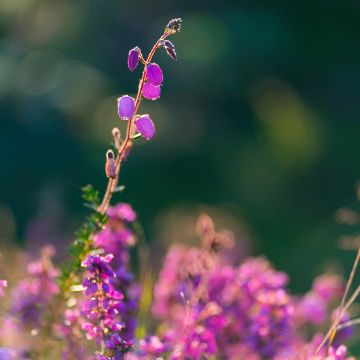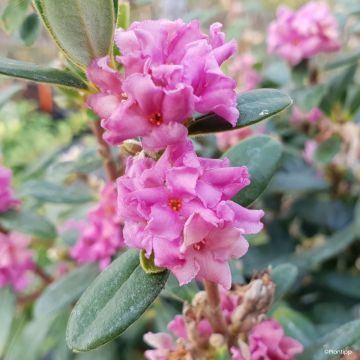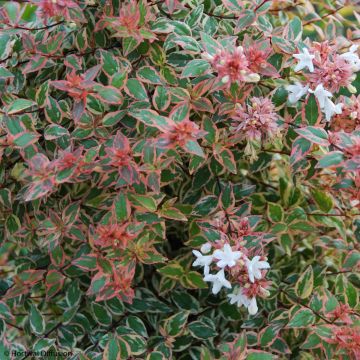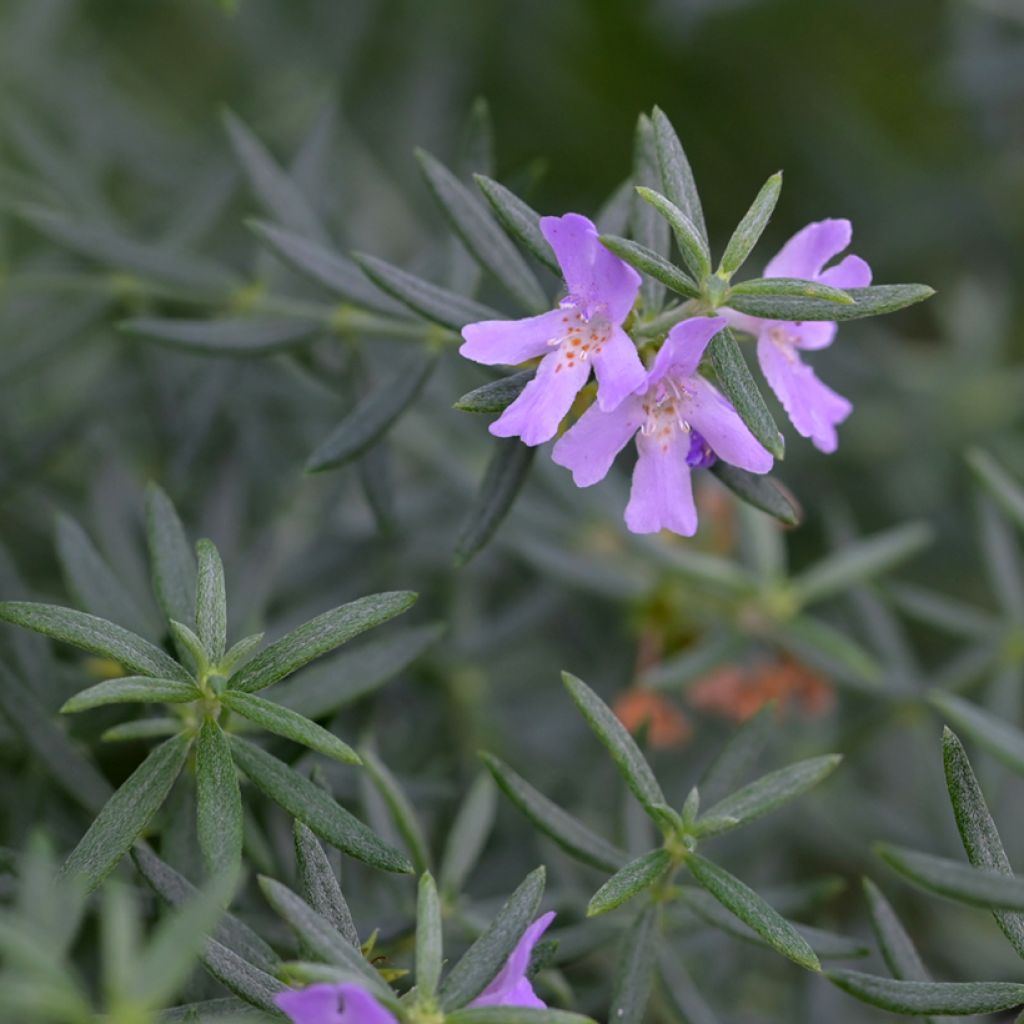

Westringia glabra
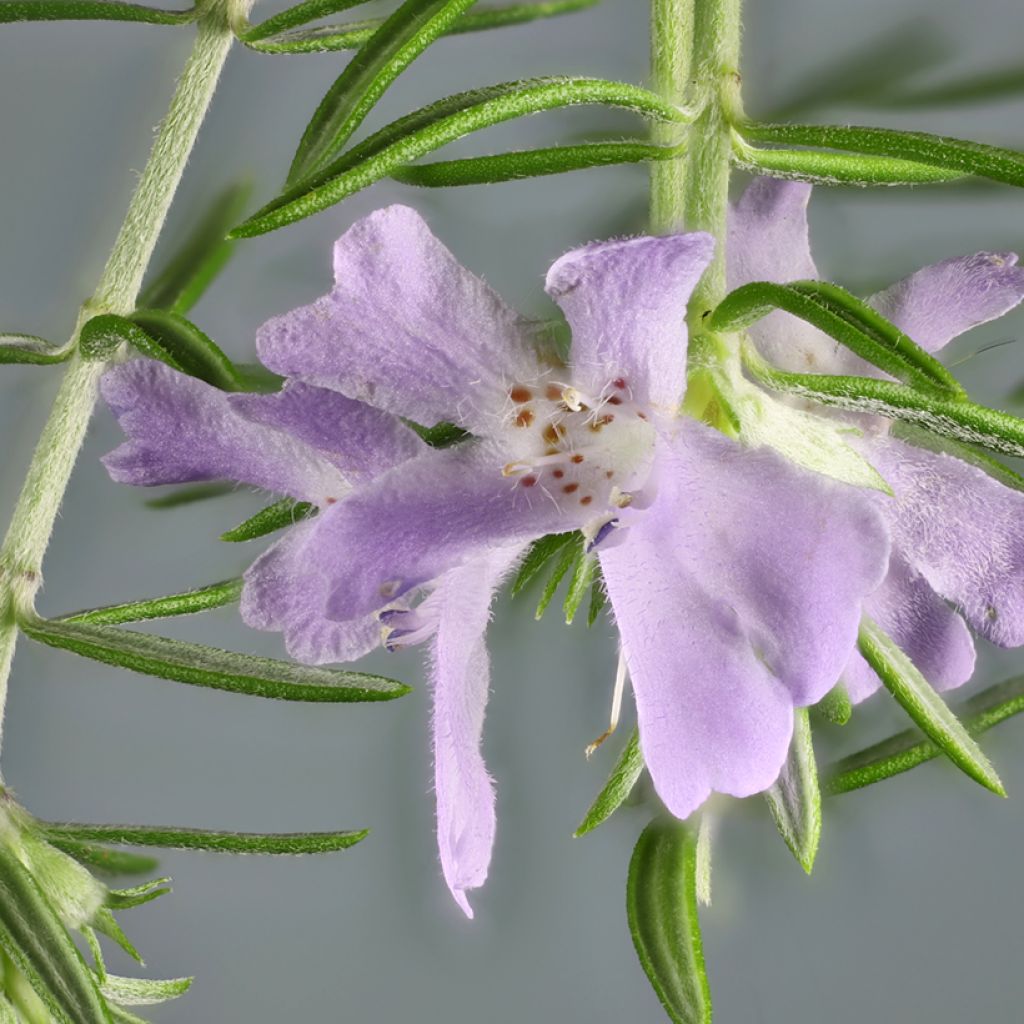

Westringia glabra
Westringia glabra
Westringia glabra
Special offer!
Receive a €20 voucher for any order over €90 (excluding delivery costs, credit notes, and plastic-free options)!
1- Add your favorite plants to your cart.
2- Once you have reached €90, confirm your order (you can even choose the delivery date!).
3- As soon as your order is shipped, you will receive an email containing your voucher code, valid for 3 months (90 days).
Your voucher is unique and can only be used once, for any order with a minimum value of €20, excluding delivery costs.
Can be combined with other current offers, non-divisible and non-refundable.
Why not try an alternative variety in stock?
View all →This plant carries a 24 months recovery warranty
More information
We guarantee the quality of our plants for a full growing cycle, and will replace at our expense any plant that fails to recover under normal climatic and planting conditions.
Would this plant suit my garden?
Set up your Plantfit profile →
Description
Westringia glabra, more commonly known as Australian Rosemary, bears a resemblance to our Mediterranean shrub. Both belong to the same botanical family, Lamiaceae. With rapid growth, Westringia develops a well-branched, fairly regular habit. Its dark green, very fine foliage forms an ideal background for its long-lasting pale mauve flowers. The low hardiness of this bush limits it to mild coastal areas, where it tolerates dry summers well. Elsewhere, it can easily be grown in containers to add a Mediterranean touch to the terrace. It should be brought indoors during winter.
Westringia belongs to the Lamiaceae family, which includes 6,000 species, many of which are aromatic plants (Mint, Lavender, Basil...). Like all Westringia species (25 in total), W. glabra is native to Australia, where it grows naturally in the southeastern part of the continent.
It is a fast-growing shrub, typically taking no more than three seasons to reach its mature size. It more or less forms a ball 1.25 m to 1.50 m in diameter. It can grow slightly taller to form a rounded cone shape. Its stems are square in cross-section, typical of Lamiaceae, green when young, then turning brown as they turn woody and harden. The foliage is very dense, with numerous main stems that branch generously, making it an excellent low hedge plant, which also tolerates pruning well. The lanceolate leaves are very small, about 1.5 cm long and a few millimetres wide. They are usually grouped in whorls of four, forming tiers along the stems. Each leaf is attached to one of the four sides of the stem, giving the shrub a distinctive sculptural appearance. They are dark green, occasionally slightly bluish, and their surface is somewhat rough and leathery. The reduction in leaf surface area, as is often the case with plants, is a good indicator of drought resistance.
Flowering begins to appear in March in the mildest regions and continues throughout spring until early summer, sometimes even longer in certain years. The flowers are sometimes solitary but more often grouped in whorls, similar to the leaves. They measure approximately 2 cm long and have a typical morphology, known as bilabiate, with an upper lip slightly split into two lobes, while the lower lip is divided into three lobes, the central one slightly larger than the two lateral ones. Their colour varies between a blue-mauve and a lilac-mauve, always pale. The throat is also dotted with small, darker spots, highlighting the unique shape of the corolla. The flowers are quite numerous but do not create a mass effect due to their small size. The flowering is not spectacular, but it is nevertheless pleasant and has the merit of lasting a long time.
Westringia glabra is a shrub suited to the south and mild western areas, as it can die at temperatures below -5°C, especially if the soil is not well-draining. Apart from this limitation, it proves very easy to grow in most soils. However, it tolerates sea spray slightly less well than Westringia fruticosa, which it closely resembles visually. Plant it as a low hedge, which you can prune as desired once a year, or in a bed alongside other "Mediterranean" plants. It pairs well with Oleander (Nerium oleander), whose flowering will take over from its own in a wide range of colours depending on the variety you choose. Also consider varying the foliage with a Ceanothus impressus 'Lemon & Lime', variegated in yellow and green, which produces intense blue flowers in spring. In the background, a dark-leaved Crape Myrtle, such as Lagerstroemia indica 'Black Solitaire', which has bright pink flowers all summer, will create a stunning scene.
Report an error about the product description
Westringia glabra in pictures


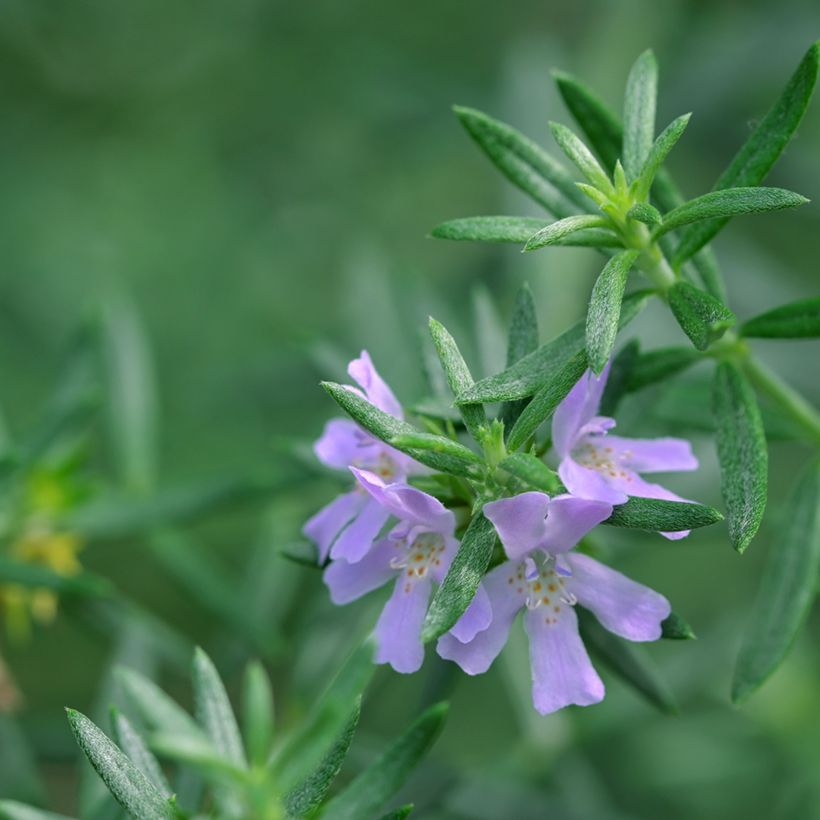

Plant habit
Flowering
Foliage
Botanical data
Westringia
glabra
Lamiaceae
Australia
Other Westringia Rosemary
View all →Planting and care
Plant Westringia glabra in spring, after the last frosts, in a very sunny position. In very mild climates, where frost is rare, it can also be planted in autumn. Although it prefers a soil with an acidic to neutral pH, sandy, gritty, poor, and very well-drained, it is ultimately not very demanding, even tolerating the presence of limestone quite well. In regions where the soil and subsoil are calcareous, it is advisable to dig a large hole 60 cm in all directions, which should be filled with ericaceous soil or peaty compost and non-calcareous sand. Growing in a pot allows better control of the substrate's nature and to store the plant frost-free in areas at the limit of its hardiness (down to -5/-6°C for a well-established plant). Compost for Mediterranean plants is also well-suited for container or in-ground cultivation.
Westringias are drought-resistant plants once well-established: monitor watering during the first two summers, after which it can become occasional, even unnecessary. Like lavenders and rosemaries, these bushes sometimes prefer to be forgotten rather than pampered. Regular but spaced watering in summer helps sustain flowering and keeps this bush more decorative. In the ground, they appreciate a thick layer of mulch and a supply of fertiliser for flowering bushes if the soil is very poor.
It tolerates pruning well, even quite severe pruning, allowing it to be shaped into a neat hedge. To maintain a dense habit, Prune annually in March or after flowering.
Planting period
Intended location
Care
Planting & care advice
This item has not been reviewed yet - be the first to leave a review about it.
Similar products
Haven't found what you were looking for?
Hardiness is the lowest winter temperature a plant can endure without suffering serious damage or even dying. However, hardiness is affected by location (a sheltered area, such as a patio), protection (winter cover) and soil type (hardiness is improved by well-drained soil).

Photo Sharing Terms & Conditions
In order to encourage gardeners to interact and share their experiences, Promesse de fleurs offers various media enabling content to be uploaded onto its Site - in particular via the ‘Photo sharing’ module.
The User agrees to refrain from:
- Posting any content that is illegal, prejudicial, insulting, racist, inciteful to hatred, revisionist, contrary to public decency, that infringes on privacy or on the privacy rights of third parties, in particular the publicity rights of persons and goods, intellectual property rights, or the right to privacy.
- Submitting content on behalf of a third party;
- Impersonate the identity of a third party and/or publish any personal information about a third party;
In general, the User undertakes to refrain from any unethical behaviour.
All Content (in particular text, comments, files, images, photos, videos, creative works, etc.), which may be subject to property or intellectual property rights, image or other private rights, shall remain the property of the User, subject to the limited rights granted by the terms of the licence granted by Promesse de fleurs as stated below. Users are at liberty to publish or not to publish such Content on the Site, notably via the ‘Photo Sharing’ facility, and accept that this Content shall be made public and freely accessible, notably on the Internet.
Users further acknowledge, undertake to have ,and guarantee that they hold all necessary rights and permissions to publish such material on the Site, in particular with regard to the legislation in force pertaining to any privacy, property, intellectual property, image, or contractual rights, or rights of any other nature. By publishing such Content on the Site, Users acknowledge accepting full liability as publishers of the Content within the meaning of the law, and grant Promesse de fleurs, free of charge, an inclusive, worldwide licence for the said Content for the entire duration of its publication, including all reproduction, representation, up/downloading, displaying, performing, transmission, and storage rights.
Users also grant permission for their name to be linked to the Content and accept that this link may not always be made available.
By engaging in posting material, Users consent to their Content becoming automatically accessible on the Internet, in particular on other sites and/or blogs and/or web pages of the Promesse de fleurs site, including in particular social pages and the Promesse de fleurs catalogue.
Users may secure the removal of entrusted content free of charge by issuing a simple request via our contact form.
The flowering period indicated on our website applies to countries and regions located in USDA zone 8 (France, the United Kingdom, Ireland, the Netherlands, etc.)
It will vary according to where you live:
- In zones 9 to 10 (Italy, Spain, Greece, etc.), flowering will occur about 2 to 4 weeks earlier.
- In zones 6 to 7 (Germany, Poland, Slovenia, and lower mountainous regions), flowering will be delayed by 2 to 3 weeks.
- In zone 5 (Central Europe, Scandinavia), blooming will be delayed by 3 to 5 weeks.
In temperate climates, pruning of spring-flowering shrubs (forsythia, spireas, etc.) should be done just after flowering.
Pruning of summer-flowering shrubs (Indian Lilac, Perovskia, etc.) can be done in winter or spring.
In cold regions as well as with frost-sensitive plants, avoid pruning too early when severe frosts may still occur.
The planting period indicated on our website applies to countries and regions located in USDA zone 8 (France, United Kingdom, Ireland, Netherlands).
It will vary according to where you live:
- In Mediterranean zones (Marseille, Madrid, Milan, etc.), autumn and winter are the best planting periods.
- In continental zones (Strasbourg, Munich, Vienna, etc.), delay planting by 2 to 3 weeks in spring and bring it forward by 2 to 4 weeks in autumn.
- In mountainous regions (the Alps, Pyrenees, Carpathians, etc.), it is best to plant in late spring (May-June) or late summer (August-September).
The harvesting period indicated on our website applies to countries and regions in USDA zone 8 (France, England, Ireland, the Netherlands).
In colder areas (Scandinavia, Poland, Austria...) fruit and vegetable harvests are likely to be delayed by 3-4 weeks.
In warmer areas (Italy, Spain, Greece, etc.), harvesting will probably take place earlier, depending on weather conditions.
The sowing periods indicated on our website apply to countries and regions within USDA Zone 8 (France, UK, Ireland, Netherlands).
In colder areas (Scandinavia, Poland, Austria...), delay any outdoor sowing by 3-4 weeks, or sow under glass.
In warmer climes (Italy, Spain, Greece, etc.), bring outdoor sowing forward by a few weeks.






























